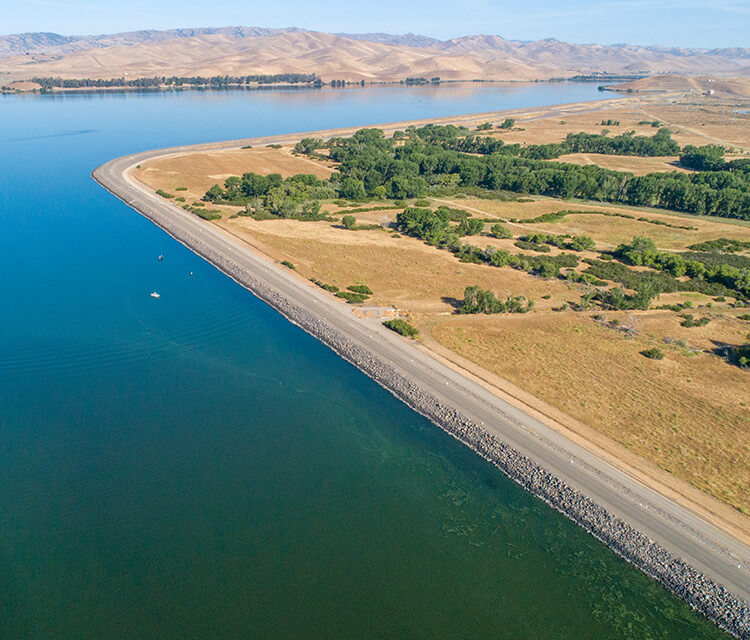One Water and Delta Conveyance: Putting the Pieces Together
Governor Newsom’s Administration has released draft environmental documents for modernizing Delta conveyance. An investment decision for Metropolitan on this project is still some time off, but Metropolitan would be the largest potential funder of this project, so all of Southern California should study this proposal closely as our imported supplies from Northern California and the Colorado River face historic uncertainties.
More than half of this region’s water has come from these two sources for decades. Now, due to climate change, we have had the three driest consecutive years on the State Water Project in history, and we face historic shortage conditions on the Colorado with a call by the Bureau of Reclamation to dramatically cut water use even more next year.
The old playbook that relied heavily on imported water to meet our baseline supply needs each and every year is not going to work.
Our new One Water approach is putting all the pieces of the puzzle together in a comprehensive, collaborative way. We are trying to shift our reliance on imported water as quickly as possible with new local supplies and greater local conservation. Pure Water Southern California, through our partnership with the Los Angeles County Sanitation District, represents one of the largest recycling projects in the nation.
Undoubtedly there is an important role for water from Northern California in our future. But the role will be different than the past given our climate realities.
The more we can advance local solutions, the better we can manage the uncertainties in Northern California. The proposed Delta Conveyance Project, which would modernize the SWP to help address climate change, sea level rise and earthquake risk, would increase California’s ability to capture Sierra storm water when it is available and when diversions don’t harm sensitive fish. That would help to replenish our groundwater basins and reservoirs. Storage is key. The state must replenish storage when it can and not miss a single opportunity.
A wet year in Northern California means less immediate need for Colorado supplies. The opposite holds true as well. Times like now, when the entire Southwest is in drought, will undoubtedly happen again. Greater local supplies, greater conservation and our stored imported water all have to add up to a solution.
History has shown that modifying Delta conveyance is no easy task. From an engineering perspective, this proposal is truly different. It has the smallest footprint compared to any proposal that has preceded it. It avoids the heart of the Delta with the proposed version of the eastern alignment. It connects directly into Bethany Reservoir, from which the California Aqueduct flows. Giving this project a completely fresh look has resulted in a lot of important changes.
Delta residents who oppose this project, yet who gave feedback on initial ideas, made it better. There is still opposition, but there is also an open door at Metropolitan and ongoing efforts to collaborate and for dialogue. Too many fish species remain threatened. Too many neighborhoods are at risk of flood and drought. And many Delta waterways can face other challenging issues from a variety of forces that are affecting water quality and algal blooms.
Metropolitan seeks to be a part of the solution. And that comes from working together, finding common ground and investing in progress.
Now is a learning moment to review this proposal in the months ahead. The Department of Water Resources’ environmental review process is an opportunity to examine the project anew, share your thoughts and comments, and envision how to improve our common situation. We must manage our water resources as wisely as possible in the future as the mountains see more rain and less snow. For Southern California and our One Water future, that also means managing our imported supplies in a better way and relying more on water resources in our own back yards.
Press Contacts

